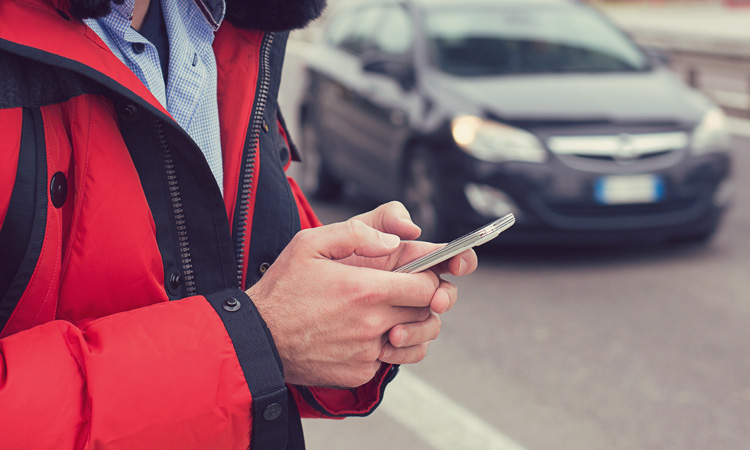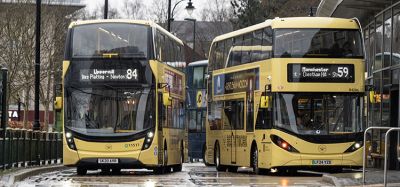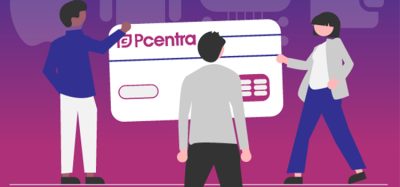Ride-hailing linked to more crashes for motorists and pedestrians, study finds
- Like
- Digg
- Del
- Tumblr
- VKontakte
- Buffer
- Love This
- Odnoklassniki
- Meneame
- Blogger
- Amazon
- Yahoo Mail
- Gmail
- AOL
- Newsvine
- HackerNews
- Evernote
- MySpace
- Mail.ru
- Viadeo
- Line
- Comments
- Yummly
- SMS
- Viber
- Telegram
- Subscribe
- Skype
- Facebook Messenger
- Kakao
- LiveJournal
- Yammer
- Edgar
- Fintel
- Mix
- Instapaper
- Copy Link
Posted: 7 April 2020 | Sam Mehmet (Intelligent Transport)
Researchers have found that ride-hailing trips increase the number of crashes at pick-up and drop-off locations, and have suggested that decision makers should use these results to implement further safety infrastructure.


Ride-hailing trips, such as those offered through Uber and Lyft, increase the number of crashes for motorists and pedestrians at pick-up and drop-off locations, according to a new study from researchers at the Columbia University Mailman School of Public Health.
The research, funded by a grant from the National Center for Injury Control and Prevention, Centers for Disease Control and Prevention and the National Institute on Alcohol Abuse and Alcoholism, is said to be the first to use data for individual ride-hailing trips, rather than comparing cities where ride-hailing is available to those where it is not.
Motor vehicle crashes are one of the main causes of death globally, and each year around 1.3 million people die on the roads. In the U.S., 33,654 were killed in 2018, and a further 2.3 million people were injured, the researchers explained.
Several studies have identified that alcohol-involved motor vehicle crashes decrease when ride-hailing services become available in a city, but these studies also find no change in the overall number of crashes, they continued.
The team from Columbia Mailman School, along with collaborators from Oxford University in the U.K., used data for 372 million ride-hail trips in New York City for 2017 and 2018. They identified areas of the city where a motor vehicle crash occurred, and then calculated the number of ride-hailing trips that originated nearby at the time of the crash and compared this to the number of ride-hailing trips that originated in the same location one week before the crash and one week afterwards. They performed this same procedure for taxis, and separated crashes according to the people who were injured–motorists, pedestrians and cyclists.
The results reportedly demonstrated that increases in ride-hailing were linked to the rise in crashes in which motorists and pedestrians were injured. They did not find any link for cyclists crashes or for taxi trips.
“Ridesharing is changing the way we move around cities,” said Christopher Morrison, PhD, Assistant Professor of Epidemiology at Columbia Mailman School, and first author on the research. “It is becoming clear that the technology reduces alcohol-related crashes, but these benefits do not seem to extend to the overall number of crashes. These findings help explain why that might be – because the reductions in alcohol-related crashes are off-set by increases in other types of crashes.”
The authors suggested that cities and ride-hailing companies can use this information to help prevent injuries. “There are so many rideshare trips every day in our cities, even tiny changes in risks can have a big impact on the total number of injuries,” said Morrison. “In congested areas with large numbers of rideshare pick-ups and drop-offs, cities could consider installing taxi-rank style infrastructure to protect pedestrians and prevent crashes.”
Related modes
Ride-sharing & Car-sharing, Taxi
Related cities
USA
Related organisations
Centers for Disease Control and Prevention, Columbia University, National Center for Injury Control and Prevention, National Institute on Alcohol Abuse and Alcoholism, Oxford University
Related people
Christopher Morrison








